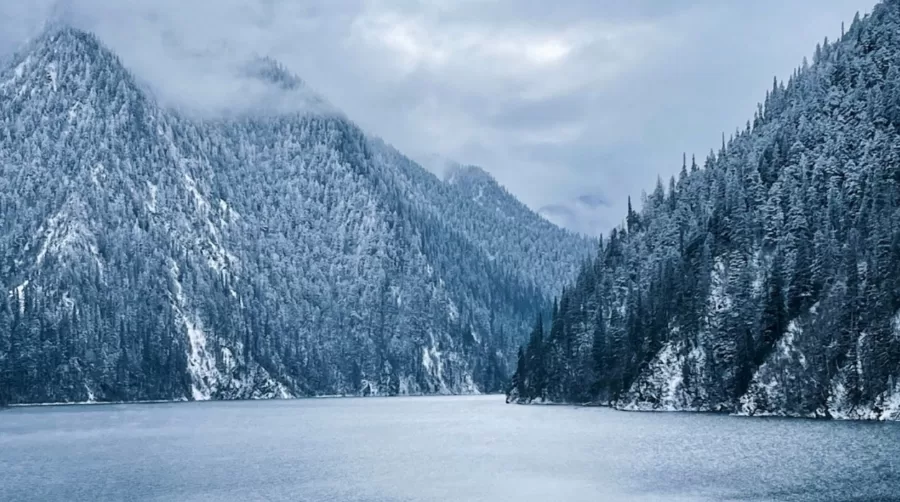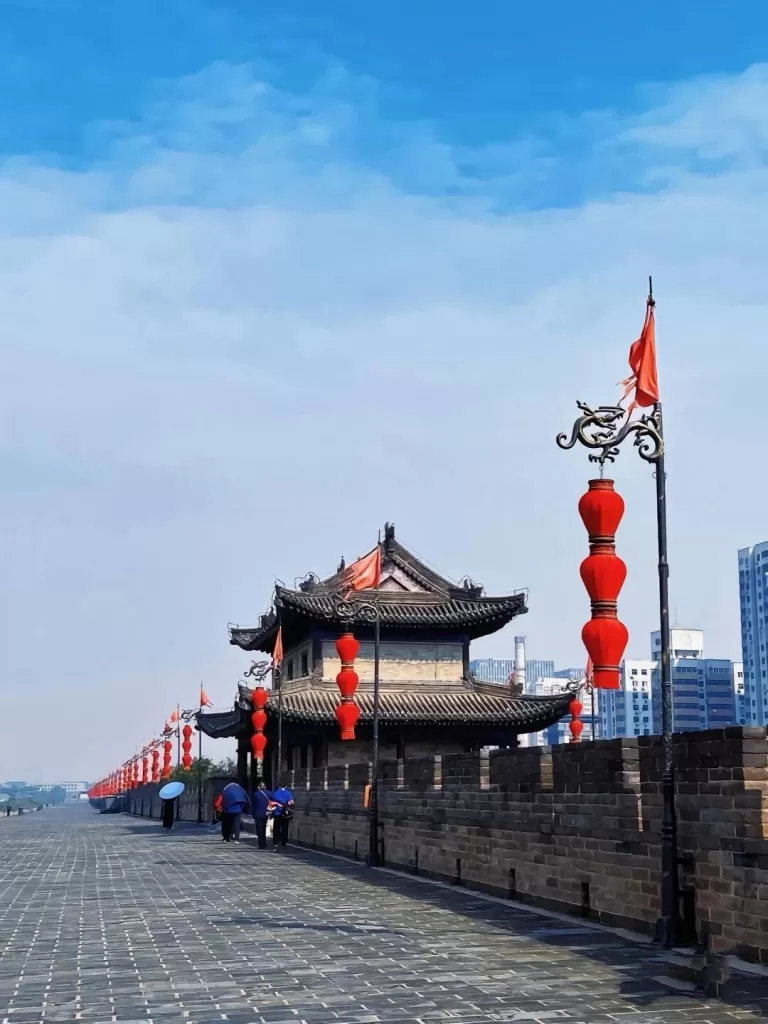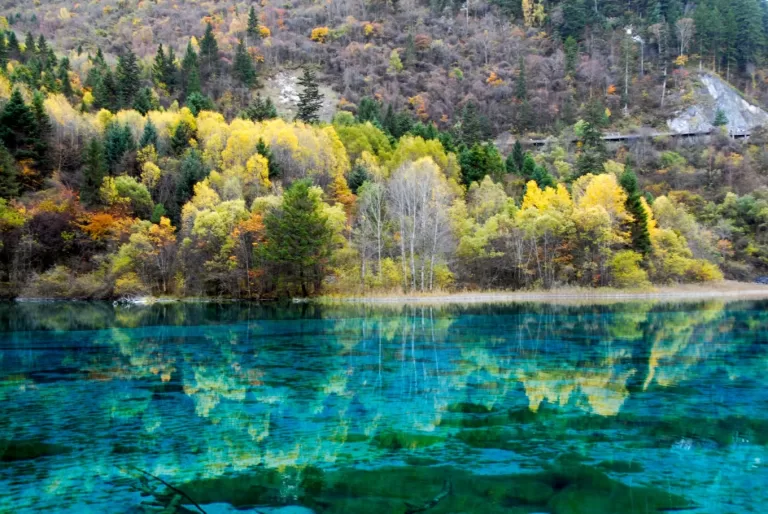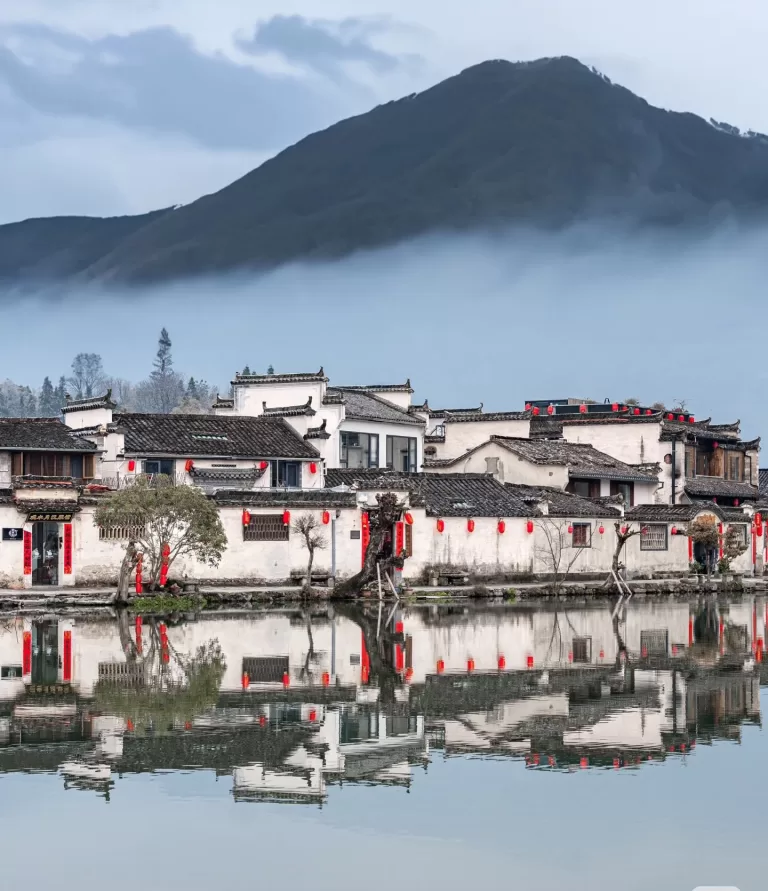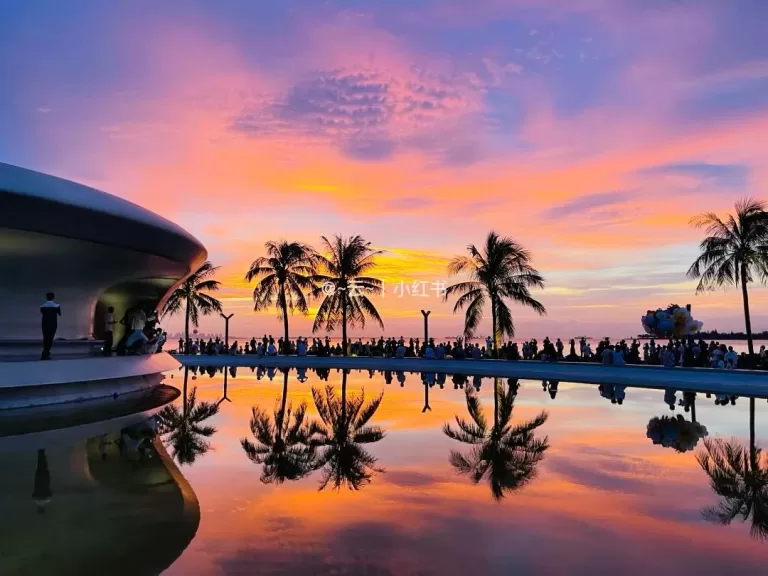Must-Do Activities and Preparations for a Trip to Jiuzhaigou in Winter
- Equipment Checklist
- Clothing and Accessories
- Daily Necessities
- What to Do About Altitude Sickness?
- Tips Before the Trip
- Tibetan Taboos
Jiuzhaigou is a world-famous scenic area renowned for its natural beauty. In winter, it transforms into a wonderland with snowflakes fluttering and waterfalls turning into icefalls, creating a secluded yet enchanting scene where the flowing water beneath the ice layer makes a pleasant tinkling sound. The stationary icefalls reflect a faint blue color in the sunlight, attracting photography enthusiasts and nature lovers who are eager to visit throughout the year.
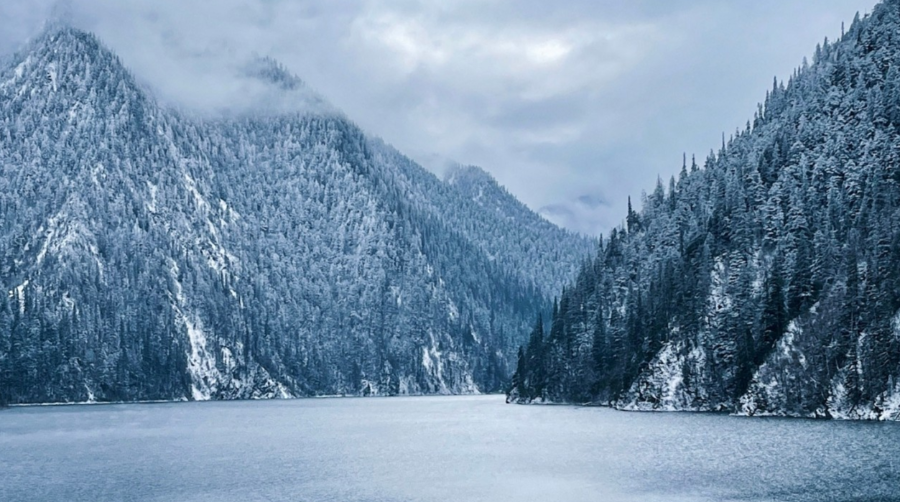
The snow in Jiuzhaigou is a regular and captivating feature. Everywhere you look, plants and trees are covered in heavy snow, presenting a picturesque scene of snowflakes flying. Its beauty is timeless, making it impossible for visitors to take their eyes off and always longing to return.
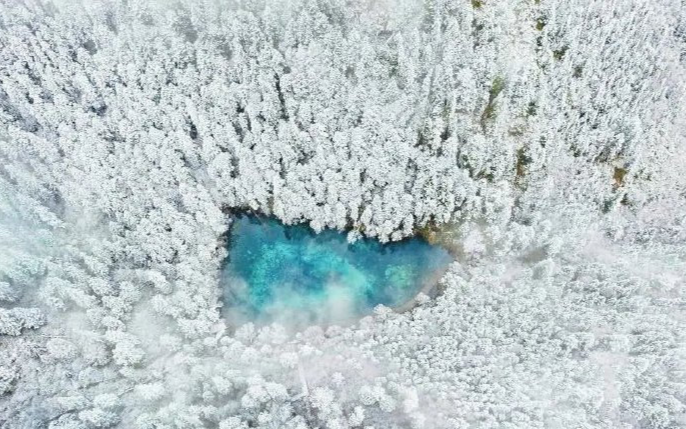
In winter, Jiuzhaigou truly becomes a colorful fairyland, with snow-capped mountain tops, dark brown rocks below the snow line, bright red maple leaves on the mountainside, green plants on the horizon, and the multicolored lakes reflecting the blue sky and white clouds.
When visiting the scenic area, it is advisable to bring some dry food as there are relatively few snack bars available.
Equipment Checklist
Jiuzhaigou has a significant altitude drop and a large temperature difference between day and night. The actual temperature at the highest altitude point can be lower than the forecast, especially on rainy and cloudy days, with rainfall concentrated from July to September. Therefore, regardless of the season, it is recommended to bring a windbreaker or a cold-proof coat to adapt to the changeable plateau weather.
Both Jiuzhaigou and Huanglong have long plank roads, and the water vapor in the scenic area is heavy. Wearing a pair of comfortable, waterproof, and non-slip shoes is essential. Additionally, proper sun protection is crucial as the ultraviolet rays can be strong.
Clothing and Accessories
- Clothing: From October to March of the following year, winter clothes are necessary, and a three-piece set (thermal and moisture-wicking underwear + fleece jacket + windbreaker + quick-drying clothes and pants) is ideal. From July to September, spring and autumn clothes are generally suitable, but it is advisable to bring a winter coat. From March to June, winter clothes may still be needed.
- Shoes: Anti-slip, waterproof, warm, and high-top hiking shoes are recommended, while high heels should be strictly avoided. Hiking shoes and sports shoes can also be considered.
- Sun Protection: Items such as sun hats, sunglasses, sunscreen with SPF50+, and sun umbrellas are essential.
Daily Necessities
- Toiletries and Skin Care: Toothpaste, toothbrush, facial cleanser, toner, moisturizer, sunscreen, lip balm, and hand cream should be included.
- Auxiliary Tools: Rain gear, essential balm, and mosquito repellent are useful items to bring.
- Frequently Used Medicines:
- Rhodiola rosea can be taken appropriately before the trip to help prevent altitude sickness.
- It is advisable to bring personal commonly used medicines such as motion sickness medicine, stomach medicine, cold medicine, and painkillers.
- One or two portable oxygen cylinders can be prepared if needed.
- Motion sickness medicine is essential for those prone to motion sickness, and the elderly and the weak should bring commonly used medicines like berberine, quick-acting cold capsules, Liushen Pills, Weisu Tablets, Chlorpheniramine, Dramamine, Toothache Pills, Rendan, Band-Aids, Nitroglycerin Tablets, etc. Small oxygen cylinders can be purchased in Chengdu for those worried about lack of oxygen.
What to Do About Altitude Sickness?
When traveling to the plateau area of Jiuzhaigou, most people may experience some degree of altitude sickness, especially those new to the plateau, which is normal. Generally, healthy individuals will quickly adapt to the plateau climate, so there is no need to overly worry. However, those with hypertension, heart disease, blood diseases, vascular diseases, asthma, and other conditions not suitable for the plateau should be cautious when entering.
The main symptoms of altitude sickness include headache, chest tightness, shortness of breath, vomiting, nausea, insomnia, etc. Typically, these symptoms will gradually subside and disappear after 1 – 2 days. Before departure, it is important to keep warm and avoid common respiratory diseases such as colds and fevers, while maintaining sufficient physical strength. The following methods can help relieve altitude sickness :
- Drink an appropriate amount of buttered tea, dairy products, beef, and mutton to enhance the body’s adaptability to the plateau climate.
- Prevent dryness by drinking more water to increase the body’s resistance.
- Avoid running or strenuous exercise. Walk slowly, take fewer baths, and take deep breaths. If you have a headache, slow down your walking pace. If the discomfort is severe, you can inhale some oxygen.
- Rhodiola rosea can also relieve altitude sickness, and it can be started 2 days before entering the plateau area.
Tips Before the Trip
- Smoking is strictly prohibited in the scenic area, and a fine of 500 yuan will be imposed if caught. The only smoking area is at the Nuorilang Service Center.
- You can purchase unique local products such as Qiang embroidery, Maowen apples, and Tibetan handicrafts like Tibetan rings, Tibetan knives, and Buddhist beads. Yak meat, a specialty of the alpine region, is also popular among tourists. The area is also rich in precious medicinal materials such as fritillary bulbs, Cordyceps sinensis, and musk, as well as Chinese prickly ash, bracken, and fungus. However, if you cannot accurately identify the authenticity and quality of the products, it is recommended to be cautious when buying.
- Feeding small animals is strictly prohibited in the scenic area.
Tibetan Taboos
- Tibetans dislike others touching their heads with hands.
- Do not step over religious instruments or brazier.
- When encountering religious facilities such as stupas, mani piles, or monasteries, one must walk around them clockwise.
- Tibetans do not eat donkey meat, horse meat, and dog meat, and in some areas, they also do not eat fish.
- When taking pictures of monks, it is necessary to ask for their consent. When taking pictures in the monastery, do not interfere with the normal religious activities.

